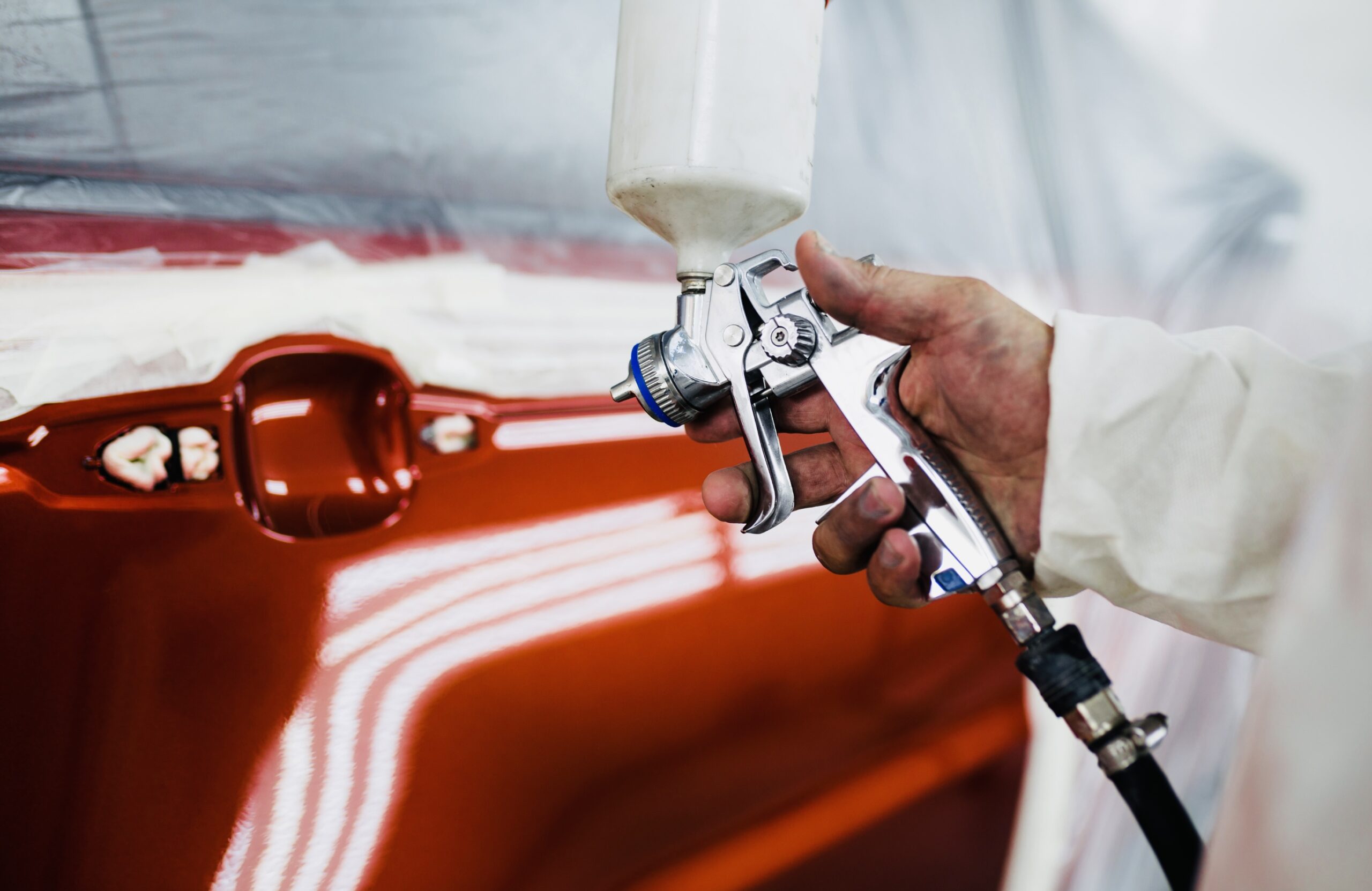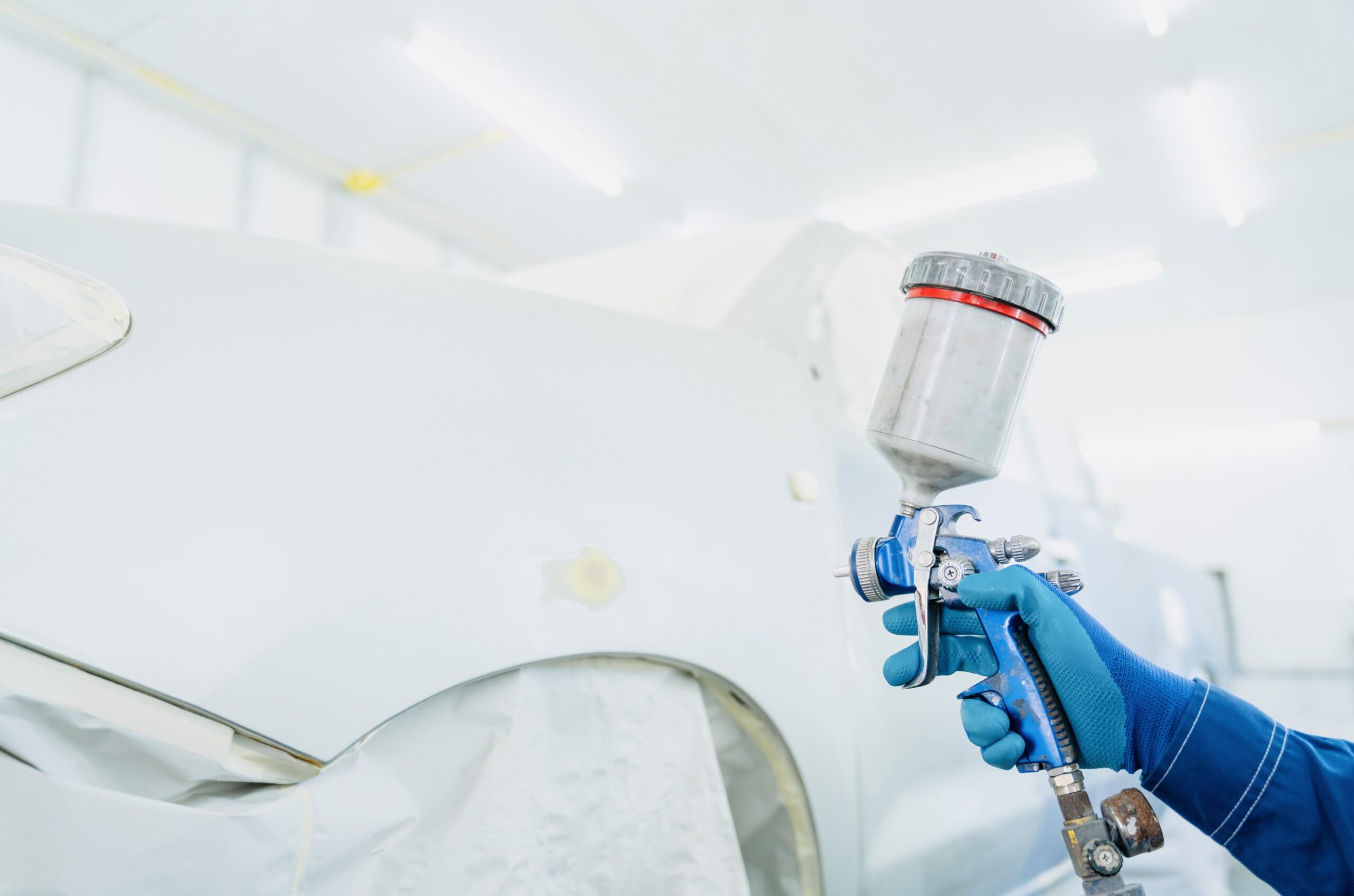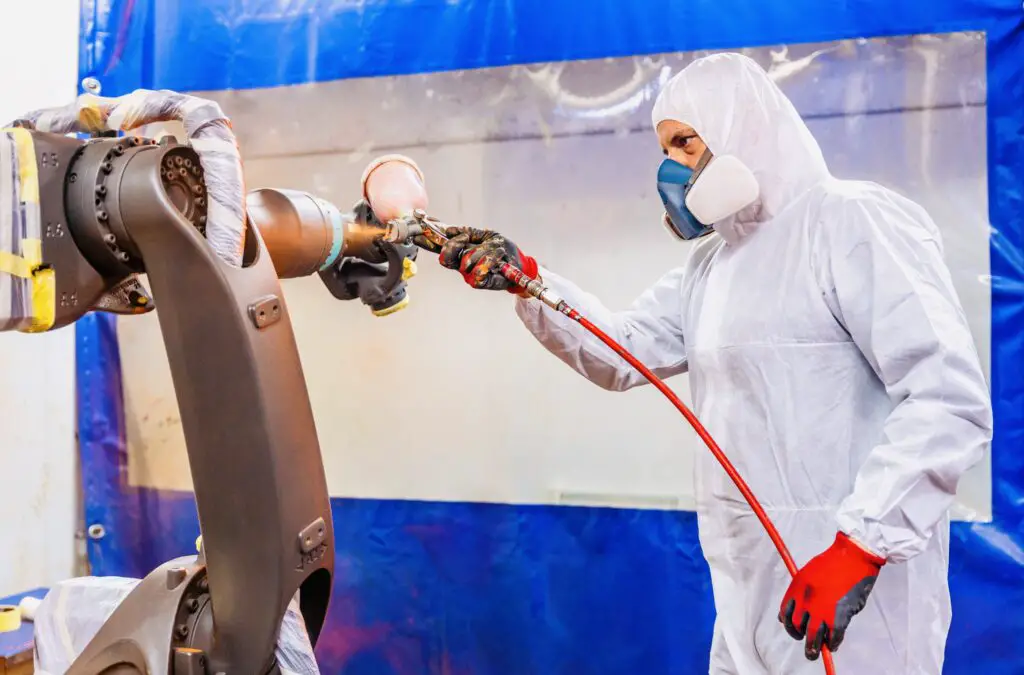Mastering the Art: Best Spray Paint Techniques for Stunning Results
Spray painting is a versatile and dynamic art form that allows individuals to transform ordinary objects into extraordinary pieces. Your decor journey can be great once you know the Best Spray Paint Techniques.

Whether you’re a seasoned artist or a DIY enthusiast, mastering the Best Spray Paint Techniques can elevate your creations to new heights. In this article, we will explore various tips and tricks to help you achieve stunning results with your spray-painting projects.
Best Spray Paint Techniques
Explore your easy pick techniques and play with colors:
- Preparation is Key: Before diving into the actual spray painting, proper preparation is crucial. Clean the surface thoroughly to remove any dust, dirt, or grease that may hinder paint adhesion. Sanding the surface lightly can also create a smooth canvas for your masterpiece.
- Choose the Right Spray Paint: Selecting the appropriate spray paint is essential for achieving the desired outcome. Consider factors such as finish (matte, gloss, or satin), color range, and whether the paint is suitable for the material you’re working on. High-quality paints often result in a more professional finish.
- Mind the Environment: Spray painting should ideally be done in a well-ventilated area to minimize fumes and ensure a smooth application. Outdoor spaces or well-ventilated workshops are ideal. Check the weather conditions, as wind can affect the direction of the spray.
- Test Spraying: Before applying paint to your main project, do a test spray on a small, inconspicuous area. This helps you adjust to the spray pattern and ensures that the color matches your vision.
- Proper Technique: Mastering the right spraying technique is fundamental. Hold the can about 8 to 12 inches away from the surface and maintain a consistent speed and distance. Use smooth, overlapping strokes for an even coat. Practice on scrap material to perfect your technique.
- Layering for Depth: Achieve depth and dimension by applying multiple thin layers rather than one thick coat. Allow each layer to dry completely before adding the next. This prevents drips and promotes a more even finish.
- Masking and Stenciling: For intricate designs or patterns, use masking tape or stencils to create defined lines. This technique adds a level of precision and detail to your spray paint projects. Ensure the base layer is completely dry before applying masking materials.
- Texture Play: Experiment with different textures by using various materials like sponges, mesh, or lace as stencils. This adds a unique touch to your artwork, creating visually interesting patterns and effects.
- Blend Colors Creatively: Combine colors to create custom shades and gradients. Start with lighter colors as a base and gradually layer darker hues for a seamless blend. This technique works well for achieving a gradient effect on larger surfaces.
- Sealing the Deal: Once your masterpiece is complete, protect it with a clear sealant or varnish. This not only preserves the paint but also adds durability, making your creation resistant to scratches and fading.
Precautions Before Applying Spray Paint
Before applying spray paint, it’s crucial to take certain precautions to ensure a smooth and safe painting process.
Here are key steps to consider:
- Ventilation: Ensure you are in a well-ventilated area. Work outdoors or in a workshop with open doors and windows. Adequate ventilation helps disperse fumes and prevents inhalation of potentially harmful chemicals.
- Protective Gear: Wear appropriate protective gear, including a mask or respirator, to guard against inhaling paint fumes. Additionally, use safety glasses to shield your eyes from overspray paint, and wear gloves to protect your skin.
- Cover Surrounding Areas: Cover nearby surfaces and objects with drop cloths or plastic sheets to prevent unintended overspray. This is especially important when working in confined spaces to avoid any accidental damage.
- Prep the Surface: Thoroughly clean and prep the surface before applying spray paint. Remove any dust, dirt, or grease that could affect paint adhesion. Sanding the surface lightly can also enhance the paint’s grip.
- Check Weather Conditions: Consider the weather conditions before spraying, especially if working outdoors. Windy conditions can lead to uneven application and overspray. Choose a calm day or work in a sheltered area to avoid weather-related challenges.
- Test Spray: Always perform a test spray on a small, inconspicuous area before tackling the main project. This helps you become familiar with the spray pattern, ensures the color matches your expectations, and verifies that the surface is suitable for painting.
- Read Instructions: Carefully read and follow the instructions on the spray paint can. Different paints may have specific application requirements, drying times, and recommended temperatures. Adhering to these guidelines ensures optimal results.
- Maintain Proper Distance: Maintain the recommended distance between the spray can and the surface you’re painting. Typically, this is around 8 to 12 inches. Consistency in the distance helps achieve an even coat and prevents drips.
- Avoid Over-application: Resist the temptation to apply a thick coat of paint in one go. Multiple thin layers are preferable, allowing each coat to dry completely before adding the next. Over-application can lead to drips, uneven drying, and a less professional finish.
- Dispose of Empty Cans Properly: Dispose of empty spray paint cans according to local regulations. Many cans are pressurized and may contain residual paint, making proper disposal important for safety and environmental reasons.
- Clean Up Immediately: Clean the nozzle of the spray can immediately after use to prevent it from clogging. Use the appropriate solvent as recommended on the paint can. Proper maintenance ensures the longevity and efficiency of your spray paint equipment.
By taking these precautions, you not only enhance the quality of your spray paint projects but also prioritize your safety and the well-being of your surroundings. Happy and safe spraying!

FAQ
Frequently Asked Questions About Spray Painting:
Q1: Can I spray paint indoors?
A: While it’s possible to spray paint indoors, it’s crucial to ensure proper ventilation. Use a well-ventilated room or set up fans to disperse fumes. If working on larger projects, consider outdoor spaces or well-ventilated workshops.
Q2: How far should I hold the spray can from the surface?
A: Maintain a distance of approximately 8 to 12 inches between the spray can and the surface. Consistency in the distance helps achieve an even coat and prevents issues like overspray and drips.
Q3: Can I spray paint in windy conditions?
A: It’s not advisable to spray paint on windy days. Wind can lead to uneven application and overspray, affecting the quality of your project. Choose a calm day or work in a sheltered area to minimize these challenges.
Q4: Do I need to sand the surface before spray painting?
A: Yes, sanding the surface lightly helps create a smooth canvas for the paint and enhances adhesion. It’s especially important when working on materials like wood or metal.
Q5: How long should I wait between coats?
A: Allow each coat to dry completely before applying the next one. The drying time can vary based on the type of paint and environmental conditions. Refer to the paint can instructions for specific guidance.
Q6: Can I use spray paint on any surface?
A: While spray paint is versatile, it’s essential to choose a paint suitable for the surface. Different paints are designed for specific materials. Read the label to ensure compatibility.
Q7: How do I prevent drips in my spray paint project?
A: Avoid over-application by spraying multiple thin layers instead of one thick coat. This technique allows each layer to dry properly, preventing drips and ensuring a smoother finish.
Q8: Is it necessary to use a primer before spray painting?
A: In many cases, using a primer can enhance adhesion and improve the longevity of the paint. Check the paint can instructions for recommendations on whether a primer is necessary for your specific project.
These FAQs cover essential aspects of spray painting, providing insights to help you achieve optimal results and navigate common challenges in your projects. Always follow best practices and refer to the specific instructions on your spray paint cans for detailed guidance.
Bottom Line
Mastering The Best Spray Paint Techniques is a journey that involves practice, experimentation, and attention to detail. By following and applying these tips to your process, you can unlock the full potential of spray painting, turning everyday objects into extraordinary works of art.
Whether you’re revamping furniture, creating custom décor, or expressing yourself on canvas, these techniques will guide you toward achieving stunning and professional results.
Happy spraying!

